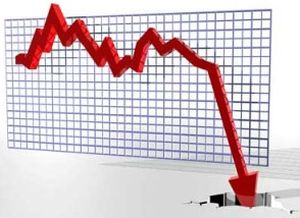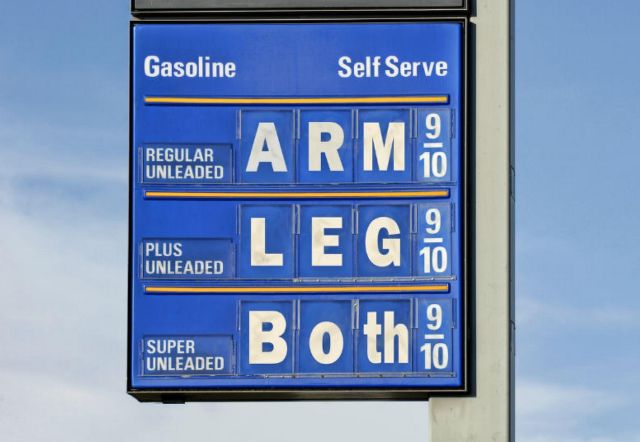I thought that I would have been retiring the “It’s a Bubble” series by now, but nope, afraid not, America’s financial wizards are continuing to scream that they can make money by fomenting the insanity being called our economy. The sad part is the biggest bubble blower, the FRHF (Federal Reserve Hedge Fund) will never be held to account.
Seriously though, how can anyone pass up 500:1 leverage?
Courtesy of our friends on Twitter at TikTok Investors:
500:1 leverage 😳 pic.twitter.com/W0u1HC42yy
— TikTok Investors 🎲 (@TikTokInvestors) September 28, 2021
Nothing ever can go wrong there, right?
But make sure everyone watches CNBS for the latest in hard hitting, informative advice from bubble blowers:
When popular Fintwit accounts get on CNBC. pic.twitter.com/52E1cIJzRW
— Mark (@PelotonHolder) October 15, 2021
Thankfully he doesn’t manage my portfolio then again, apparently he doesn’t manage his either, he just reads the message boards for hot stock tips.
Three is no way the insanity could get any worse and then I read the following. Imagine using an ether based exchange method to buy an ether based invisible asset that requires an internet connection to view or interact with and then borrowing more ether based exchange methods against said invisible asset.
No way, not happening; uh, yeah it is:
People Are Taking Out Loans Against Their NFTs—And Defaulting
Excerpted from the Vice article linked above:
Case in point: it’s now a thing to take out a loan and offer up an NFT as collateral. Take NFTFi, a peer-to-peer lending platform described by Coindesk as a “pawn shop for NFTs.” The core premise is that you can mortgage your NFT in exchange for other crypto that can be sold for cash while keeping your NFT safe—if you can repay the loan.
NFTFi told Coindesk it had done over $12 million in volume since its launch in June 2020, with an average loan size of $26,000 and as high as $200,000. As you might expect, crypto-loans backed by JPEGs on the blockchain come with some risk for both parties. Default rates are just shy of 20 percent, the platform told Coindesk. Sometimes, that comes with some pain.
The Block recently reported on a trader who borrowed 3.5 ETH (around $12,000) on NFTFi, offering an NFT that had last sold for 3.25 ETH. Over the next three months, the value of NFTs from the same collection skyrocketed to around $300,000 on the low end. On October 10, the loan period ended, the borrower failed to repay the loan, and the NFT—now worth many times more than the original loan—was taken.
That particular NFT had already been offered up once before as collateral for a loan that its previous owner defaulted on. That means that this JPEG has been part of a chain of loans and defaults, and now is in the hands of a third owner.
Wait just one minute. If I elected to partake in a chemical substance, perform the act of a digital artistic creation and saved it as a JPEG and put it up for auction, I can make money on it? Sign me up, er, beam me up Scotty.
Naturally, someone already beat me to that idea:
‘I can’t believe you morons actually buy this shit’: Banksy art burned and tokenized
Neither can I, neither can I.
Needless to say, not all bubbles are in the Crypto-NFT world. Oh no, God forbid America’s big corporations be left out of the scrum:
Ford Removes Minimum Credit Score For 84-Month Loans
Man oh man, nothing better giving cars away to people who generally rarely pay long term financial obligations back.
The Twitter user Chadford Whitmore summed it up best:

Enjoy the bubbles but remember, when they pop, Momma and Papa Government won’t be there to bail you out unless your name is Goldman Sachs or Jay Powell.



